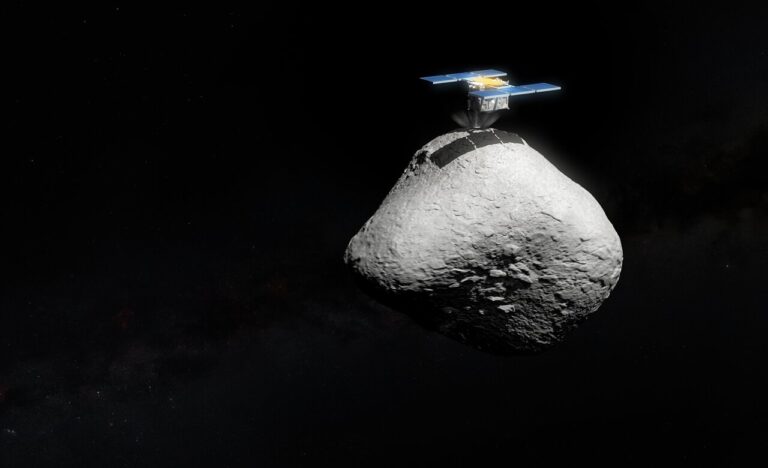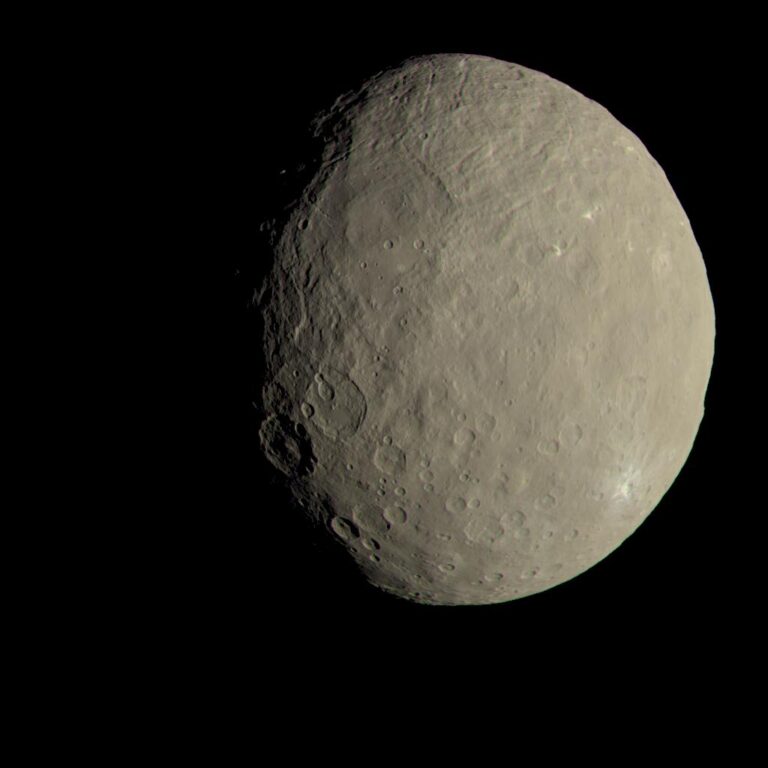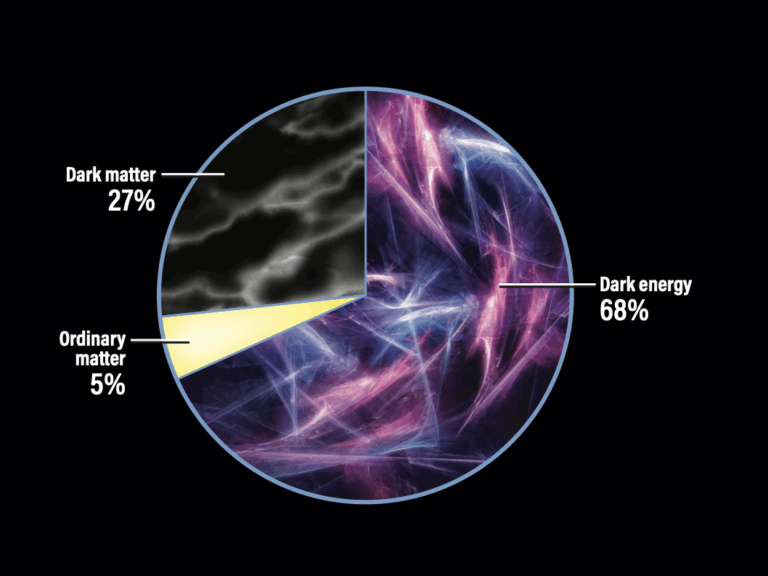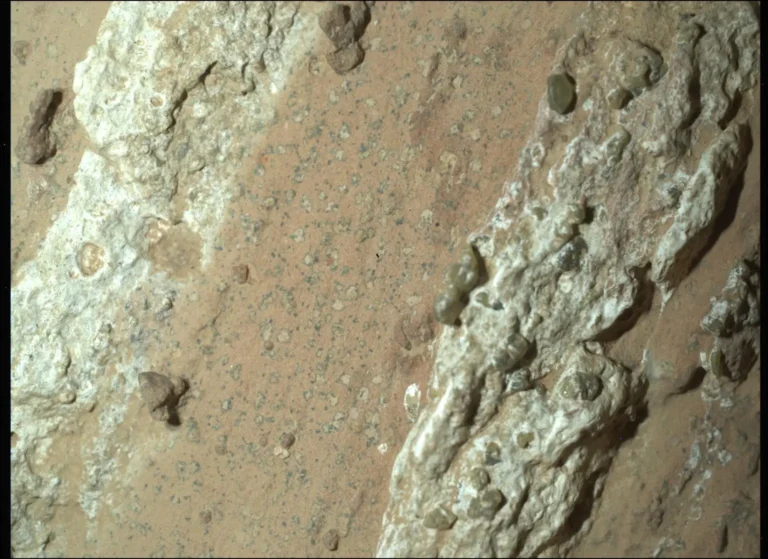Key Takeaways:
Researchers looking for water on Mars may have found evidence of ancient Martian lakes.
Using NASA’s Mars Curiosity rover, scientists from the University of Leicester and Open University have found evidence that fluids were once present in Yellowknife Bay, Gale Crater on Mars. By examining the minerals in the Martian veins (different from gullies), it was determined they were the pathways for groundwater. The results are published in the Meteoritics and Planetary Science.
In the study hypothesizes that these veins formed as the sediment from the lake was buried, heated to 50 degrees Celsius and then corroded.
“The taste of this Martian groundwater would be rather unpleasant, with about 20 times the content of sulphate and sodium than bottled mineral water for instance,” says John Bridges, a professor from the University of Leicester, in a press release. “However as Dr. Schwenzer from The Open University concludes, some microbes on Earth do like sulphur and iron rich fluids, because they can use those two elements to gain energy. Therefore, for the question of habitability at Gale Crater the taste of the water is very exciting news.”
This evaporation process at Yellowknife Bay would have led to the creation of this silica and sulphate-rich deposits. With the deposits breaking up, it allowed the veins to form with pure sulphate in the mudstone of the lake. During the lake’s burial, the study suggests that the original substance was likely gypsum which dehydrated.
The scientists compared the water from Gale Crater with fluids modeled for Martian meteorites that made it to Earth called shergottites and nakhlites that are thought to have been affected by Martian water long ago. They also compared it with rocks analyzed by the many Mars Exploration rovers.
The sediment alteration that went along with the vein formation was found to be high in silicon, sodium, and potassium, but low in magnesium, iron, and aluminum.
Rocks found in Watchet Bay in North Devon, United Kingdom are similar in composition to the mudstone with the sulphate veins in Gale Crater.
“These result provide further evidence for the long and varied history of water in Gale Crater,” says Ashwin Vasavada, a Curiosity Project Scientist, in a press release. “Multiple generations of fluids, each with a unique chemistry, must have been present to account for what we find in the rock record today.”










